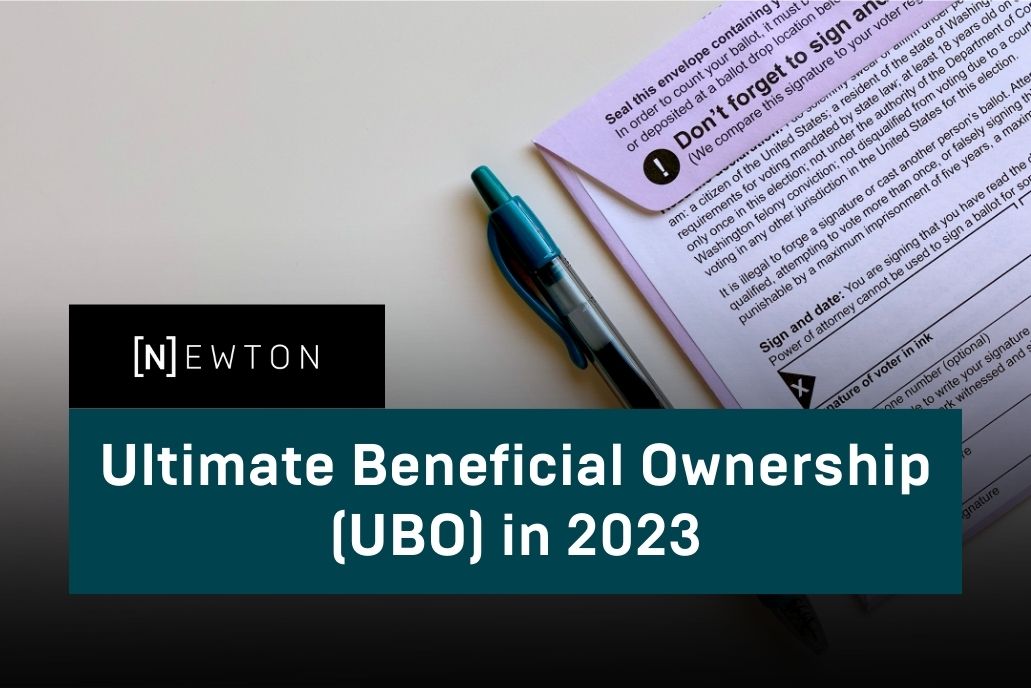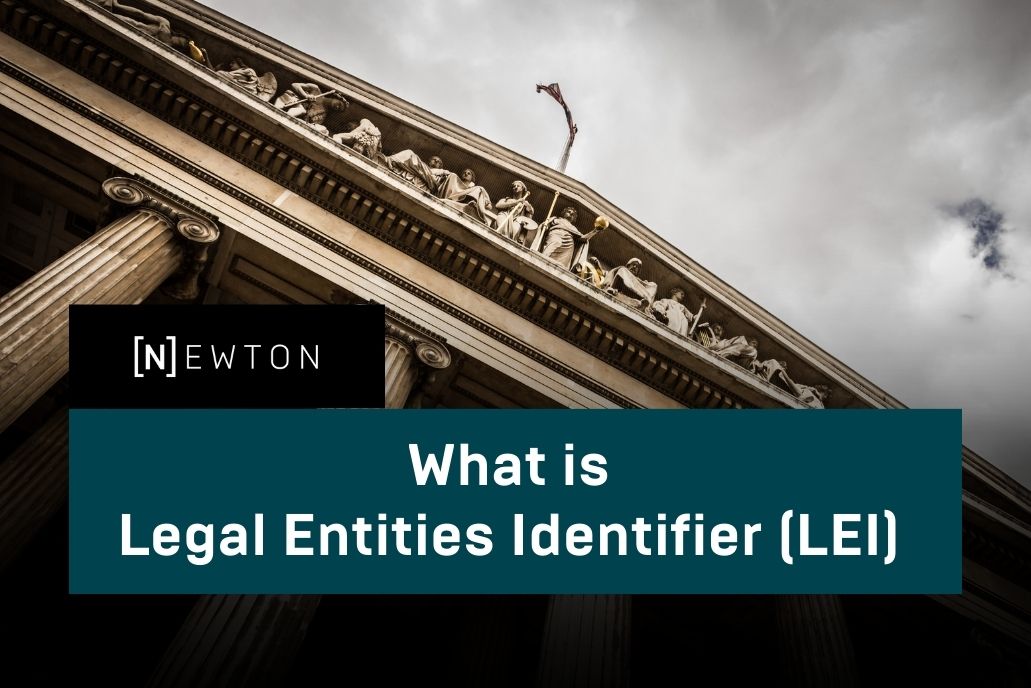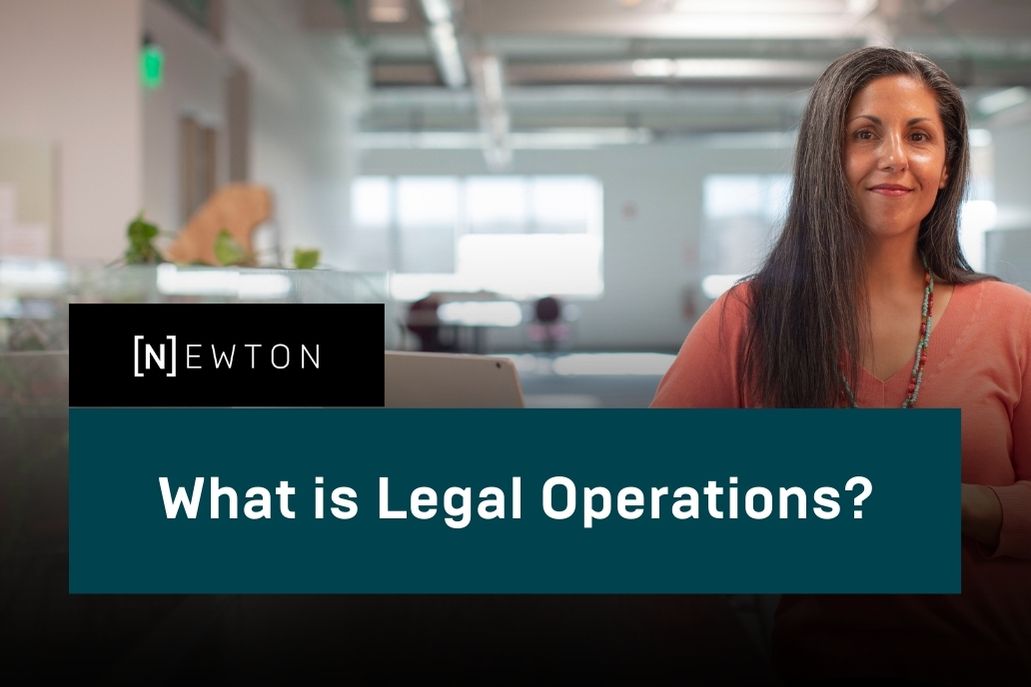
Wiki
4 Eyes Principle: Effective Governance ManagementBy admin · June 27, 2023 · 4 minute read
Discover the power of the 4 Eyes Principle in governance management. Learn how this principle safeguards data, prevents fraud, and enhances accountability. Effective ...

Wiki
Ultimate Beneficial Ownership (UBO) in 2023By admin · May 12, 2023 · 4 minute read
Learn more about Ultimate Beneficial Ownership (UBO). Understand better what UBO means, why it is important, and how it can be identified and ...

Wiki
Legal Entity IdentifiersBy admin · April 21, 2023 · 4 minute read
What are legal entity management identifiers (LEIs) and what are the benefits of them. Discover how they streamline financial transactions and enhance transparency. ...

Wiki
What is Legal Project Management?By admin · March 10, 2023 · 7 minute read
The legal profession is constantly evolving. This blogs explores what legal project management is and the impact it can have on legal operations. ...

Wiki
What is Legal Entity Management?By admin · March 3, 2023 · 7 minute read
Discover the foundations of legal entity management, entity management identifiers, requirements, and the benefits of LEM software. As businesses scale and adapt, companies ...

Wiki
What is Legal Operations?By admin · December 30, 2022 · 8 minute read
Legal operations is revolutionizing the way the world of in-house legal operates. This article is an introduction to legal ops and how it ...